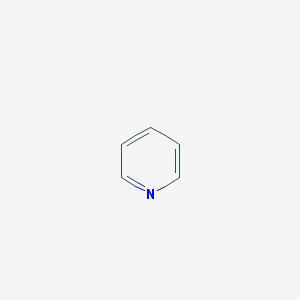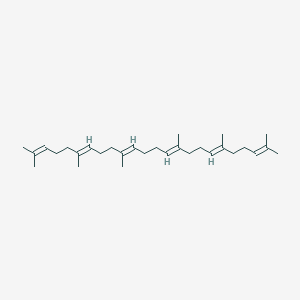-
Categories
-
Pharmaceutical Intermediates
-
Active Pharmaceutical Ingredients
-
Food Additives
- Industrial Coatings
- Agrochemicals
- Dyes and Pigments
- Surfactant
- Flavors and Fragrances
- Chemical Reagents
- Catalyst and Auxiliary
- Natural Products
- Inorganic Chemistry
-
Organic Chemistry
-
Biochemical Engineering
- Analytical Chemistry
- Cosmetic Ingredient
-
Pharmaceutical Intermediates
Promotion
ECHEMI Mall
Wholesale
Weekly Price
Exhibition
News
-
Trade Service
a new coronavirus detection method that could pave the way for more accurate diagnosis of infected people, according to the School of Biomedical Engineering at israel's Polytechnic University. The new approach is currently in the process of commercialization with a view to serving the public as soon as possible.In routine new coronavirus polymerase chain reaction (PCR) tests, professionals take swab samples from patients and process them with several chemical solutions, removing substances such as proteins and fats, and extracting only RNA present in the samples, i.e. a mixture of personal genetic material and viral (if any) RNA. The RNA is then reversed into DNA using a reverse transcription PCR and the DNA is cycled and amplified, and if the sample contains a new coronavirus, it can usually be detected after 35 cycles.However, the PCR detection method is defective. Mainly in the large sample body virus detection, with the increase in the number of samples, the chance of errors also increased. In addition, sometimes the amount of viral RNA is too small, which makes it difficult to detect and prone to omission.Professor Amit Mailer, dean of the School of Biomedical Engineering, has proposed ways to overcome these shortcomings. The researchers believe that using their original technique, which replaces large sample collections with special nano-holes in the material, to analyze individual molecules looking for viruses ensures a smaller sample size and greater accuracy. During the analysis, the molecules emit unique electrical signals as they pass through the electrical sensor. At the same time, in addition to the target molecules remain intact, other molecules will be removed, thereby improving the accuracy of the test.In their report, the researchers suggest that applying the technique to new coronavirus tests could make the testing process faster and more accurate. In addition, their ultimate goal is to make the test easy to carry, thereby reducing the workload in the lab.Mailer said they have demonstrated the importance of maintaining the level of gene expression of the virus's original RNA molecules throughout the testing process, so that more accurate analytical methods can be obtained.
(Science and Technology
)







